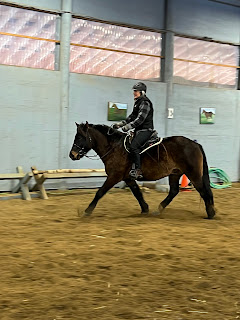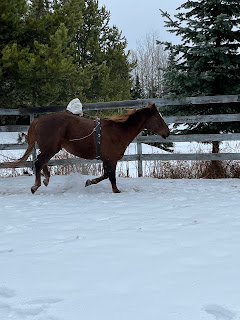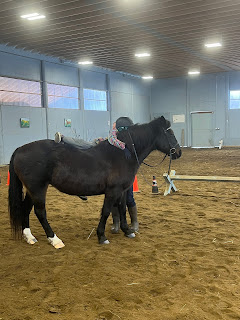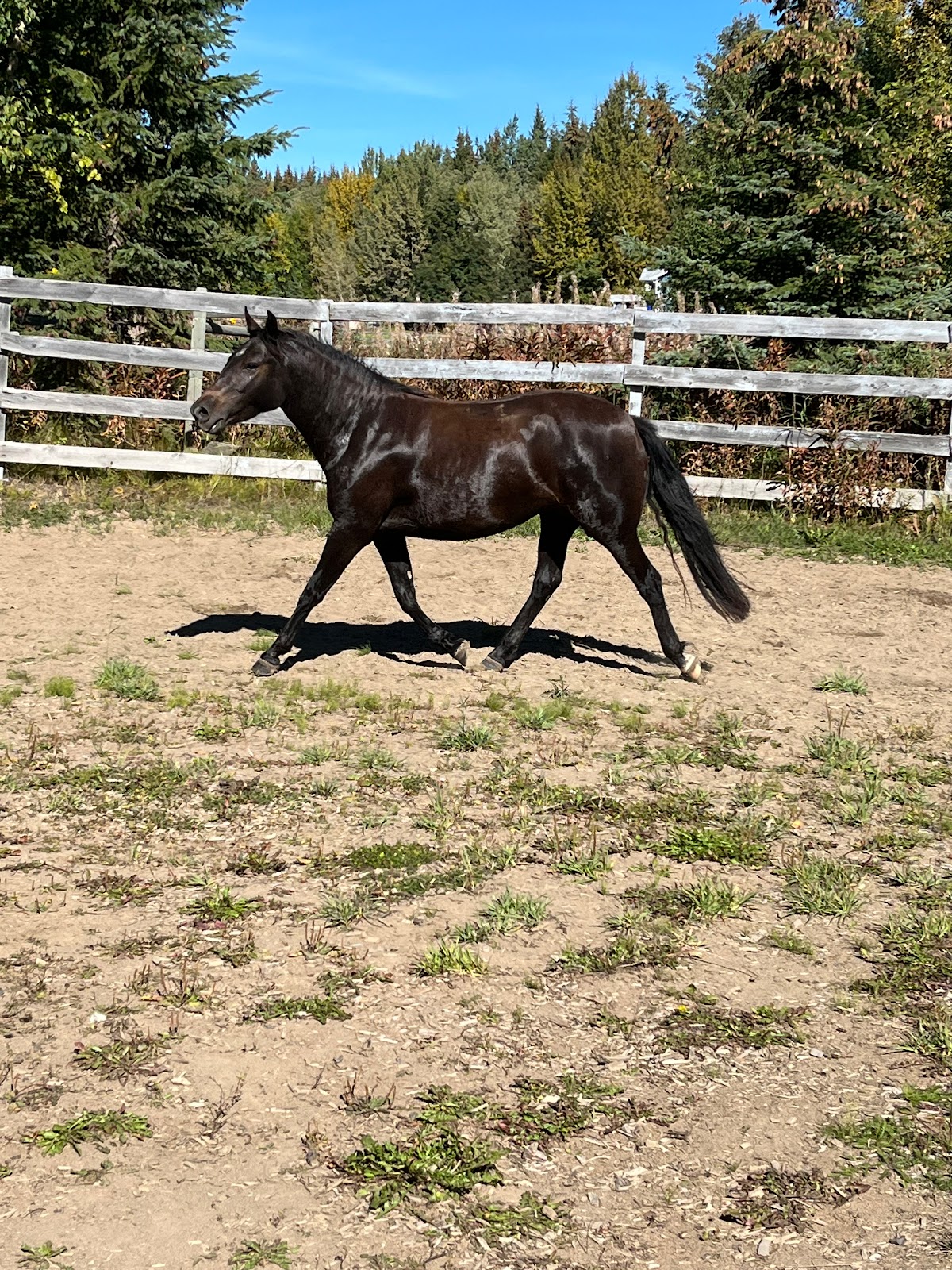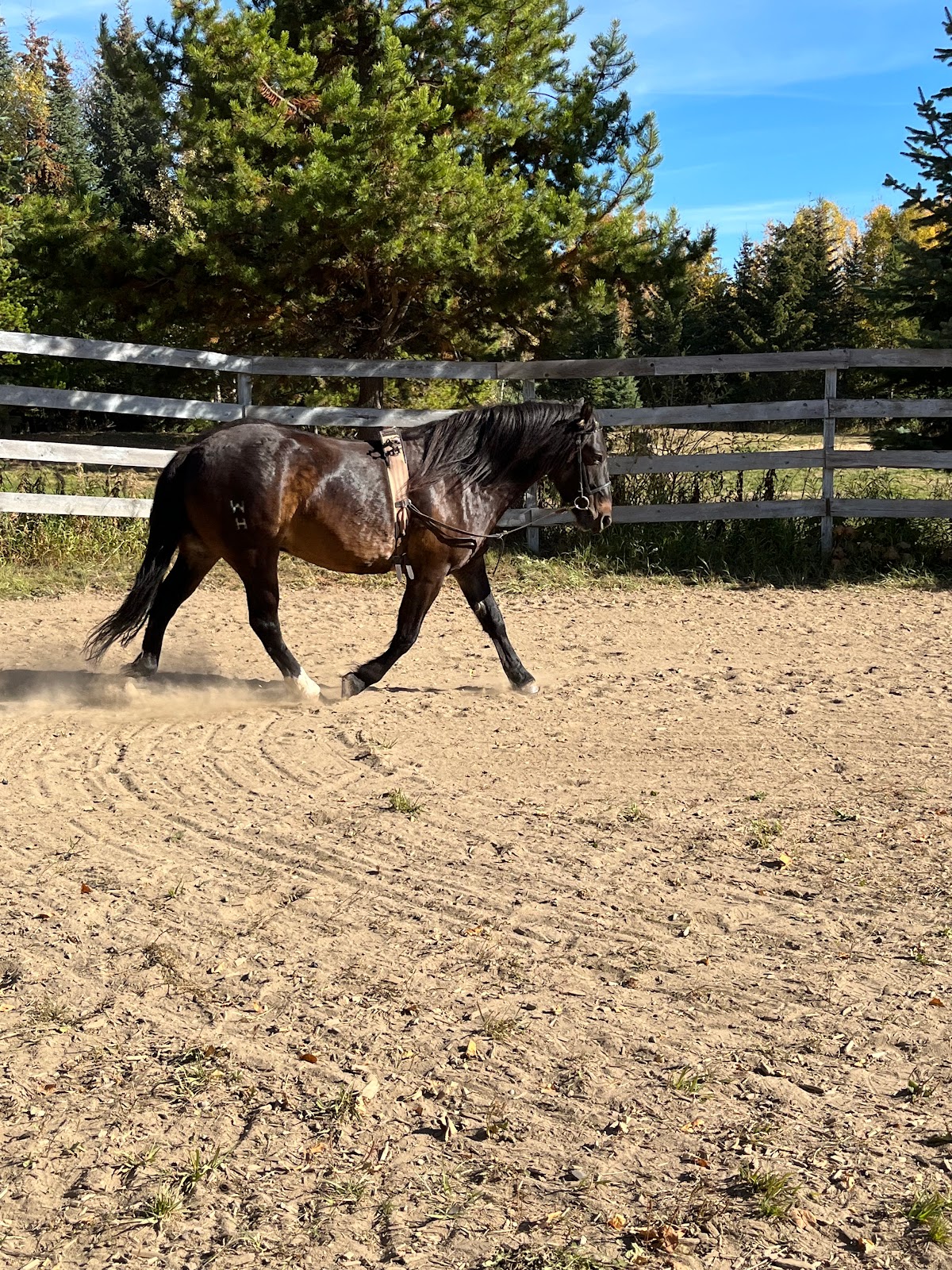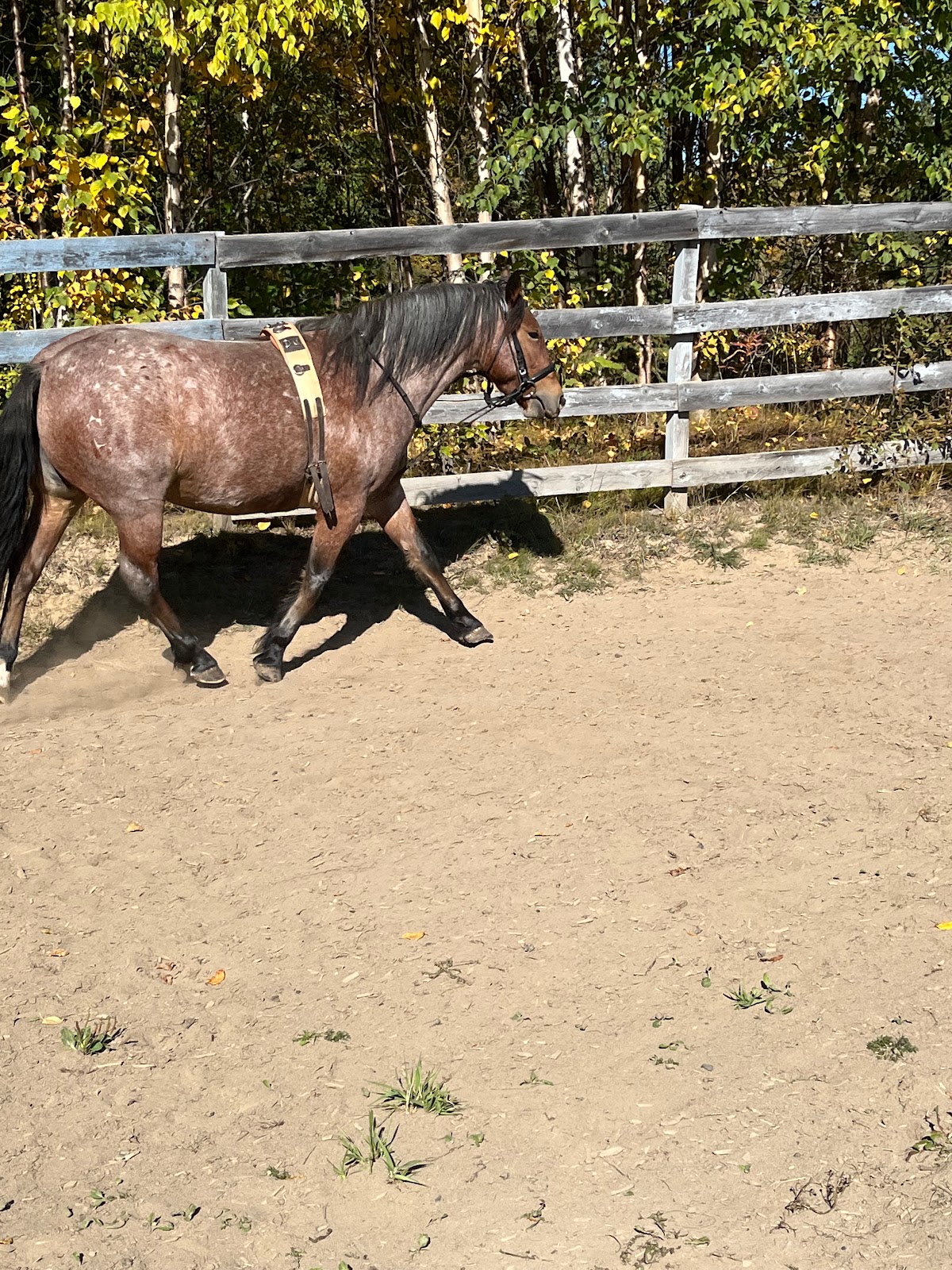Some horses are spooky some are not. Essentially, it is because of the way the horse has been handled and its character. Like people some horses are reactive and some are not. The easiest horse is the reactive one because then you know you have reached the limit of its tolerance. The other simply blows up.
Watch your horse. You will learn a lot. Some people post that the horse is in the middle of the herd, or at the bottom. It doesn't matter. Herd dynamics change. It all depends on who is in the herd.
How to prevent blow-ups? Do the new learning exercise three times for 3 days.
Do baby steps.
For example: mounting the horse for the first time. Hint: you just don't get on the horse. Break it down
1. Pat, stroke the horse's back. This is accomplished first with grooming. Then when leading.
2. Stand over the horse (horses are not accustomed to people being taller). Stand on something
3. Lean on the horse On the ground and while standing on something. Jump up and down
4. Lay on the horse. Face down
5. Be led lying on the horse. Slide off
6. Sit on the horse Stroke, talk to the horse, and feed treats. Touch sides, neck, croup. Swing legs
7. Be led sitting on the horse. Stroke, talk to the horse, feed treats. Touch sides, neck, croup. Swing legs
8. Be lunged while sitting on the horse. Use a light seat, stroke, and talk to the horse. Touch sides, neck, croup. Swing legs
walk, trot, canter on both reins
9 Unclip the lunge line, and circle around lunger, gradually making bigger circles. Lunger walks with you
10 Lunge/ride horse
11 Ride horse
Allow 4 months for backing to riding horse loose at walk, trot, canter on both reins.
Ride on trails at a walk only. Two-point up and down hills. Don't tire the horse.
Touch the horse. Move on the horse
If you can ride well the horse will have beautiful transitions at walk, trot and canter. No lurching into a transition. The horse will glide.
Keep sessions short and positive
Have a quiet friend in the work area. Horses are herd animals. Have a saddled, ridden horse for the youngster to follow.
Horses don't like to be kicked. Carry a stick. It helps reinforce leg aids.
You can teach leg aids by leading, walking backwards, and touching the side with a stick where the leg aid would be. Don't bother about horses not being really sensitive to leg aids. Get the horse going. Big circles. Horses will learn as you use them. Leg aid reactions are a reflex. The horse simply has to learn it is intentional.
If you overdo it the horse will react by leaving. This is not good. Time to do something else the horse is accustomed to eg loose rein walking.
Watch your horse's expression: white around the eye, even a little bit, worry wrinkles over the eye: not good. Stop doing whatever you are doing. Usually, the head is raised. Ears forward. At that point back off. Too much of a reaction.
people and horses do not learn to overcome trepidation by adding to their concerns.
Add things to your fence line eg near gates, water, and shelter. not enough to scare the horse away. having an experienced horse in with the flighty horse will help immensely.
Add things to your arena, paddock eg cones, balls, bags, tarps. let the horses sort things our themselves
Lead your horse around and near, then over, dragging the objects. have other horses in with you loose.
At no time force your horse to approach, go over drag anything that generates are white around eyes, moving away reaction. Don't go so close. Don't make a big thing of it. in the end the horse will do it without thinking.
Repeat under saddle. Do not force your horse to approach.
When working your horse avoid spooky corners. When your horse is focused on you and working your horse will go by without a blink.
If your horse is not focused; calling out, or looking around. Deal with that. ideally on the ground. Ask your horse to lower its head to about poll level. looking around in the beginning is acceptable. Gradually ask for focus on you. Turn the horse's head straight ahead, or to you. Circle across the arena. Turn across the arena
if you are competing: shoulder-fore or shoulder-in. it is usually on the outside of the arena.
more information
TRTmethod.com. Tristan Tucker. on YouTube also
"Unleashing Harmony:The Man Who Dances With Horses" on Slice Wild on YouTube. (Frederik Pignon)






